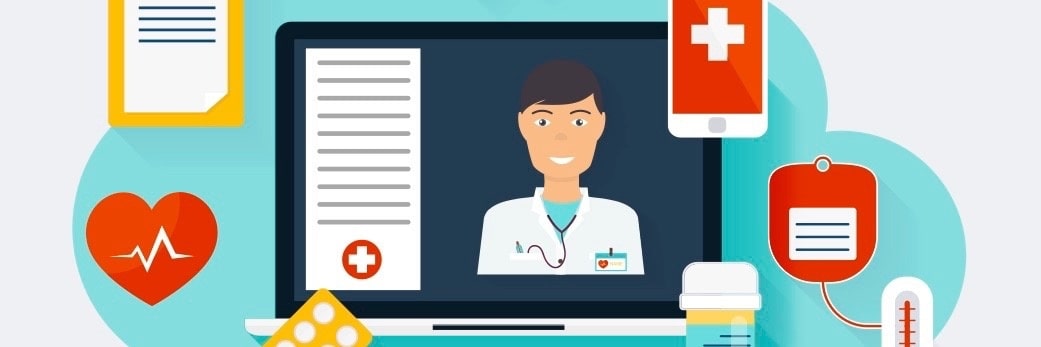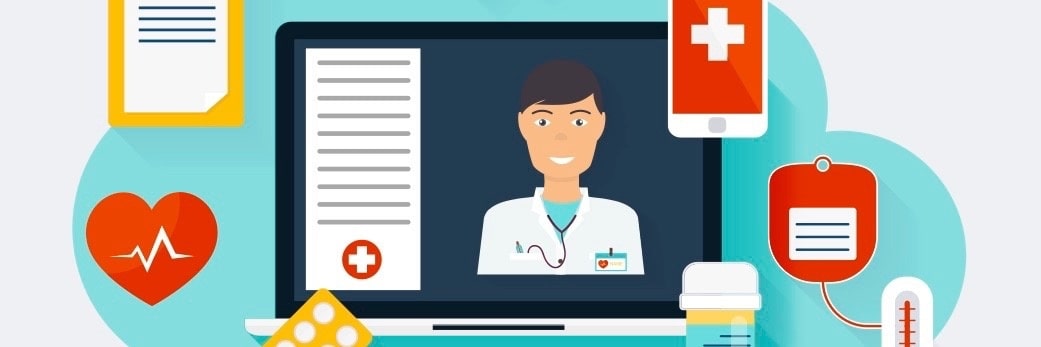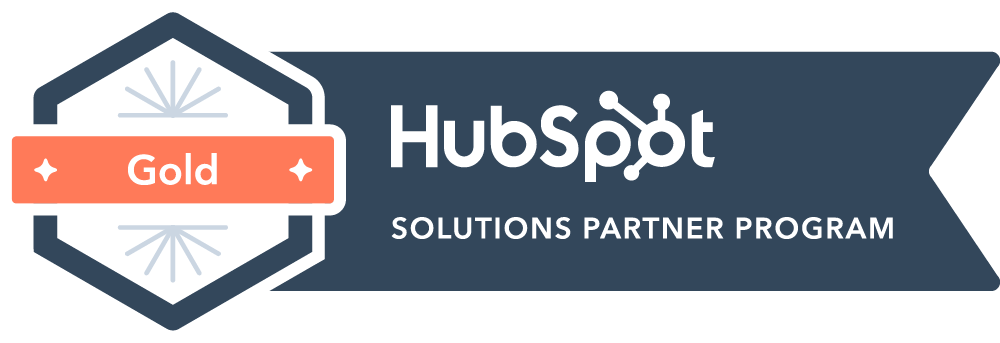Telemedicine: The 21st Century’s Answer to the House Call
Table of contents
This is the second in a series of blogs in recognition of National HIT Week by celebrating a decade in technology innovation.
Remember the days when your physician made house calls? The doctor would arrive at your front door with their Gladstone bag filled with a wide array of tools – from a thermometer and stethoscope to bottles of medicine, swabs, needles, tongue depressors, syringes and other items, since they never quite knew what they needed to be prepared to treat.

Today, with the number of medical specialists far surpassing the number of general practitioners, there are fewer and fewer physicians who can diagnose and treat a wide range of conditions and illnesses. This is one of the main reasons why the house call has gone the way of the horse and buggy. Or has it?
While the traditional house call may be a thing of the past, Telemedicine is fast becoming the 21st century version of the house call. Telemedicine’s ability to evaluate and diagnose patients remotely, prescribe treatments and medication, and alter a prescribed therapy or medication accordingly, all while the patient is remote, is growing in popularity. And, unlike traditional house calls, telemedicine can enable physicians to quickly detect changes in a patient’s medical condition, which can mean improved outcomes.
Telemedicine utilizes electronic information and telecommunications technologies to support long-distance clinical healthcare. Among the tools in its “virtual Gladstone bag” are videoconferencing, the Internet, streaming media, and land-based and wireless communications.
Telemedicine brings higher levels of care to patients living in remote and rural areas by providing access to necessary specialists and better overall care. In addition, it helps create a stronger network of healthcare practitioners that enables doctors to exchange information over the Internet, creating more value between doctors and their patients.
Telemedicine’s benefits to patients, providers and payers include:
Patients
- Telemedicine generates better outcomes as a result of more immediate access to specialists.
- It reduces the number of unnecessary hospital admissions or readmissions. Through remote monitoring and consultations with clinicians, a patient’s health can be better managed from the comfort of their home.
- It helps patients avoid unnecessary transfers from one healthcare facility to another, particularly if the remote specialist can determine that the patient’s best option is to remain at a local facility, allowing the patient to remain closer to their support network of family and friends. As studies have indicated, keeping patients in a familiar environment closer to emotional support can contribute significantly to recuperation and recovery time.
For Providers
- Telemedicine extends a doctor’s clinical reach to patients that can benefit from a physician with a specific medical specialty;
- It saves travel time between various facilities to see patients, enabling healthcare providers to be more efficient and effective.
For Payers
- Telemedicine provides cost reductions when specialist resources are utilized more efficiently with patients. For example, giving patients access to the right specialist can help eliminate unnecessary transfers, admissions or readmissions, and can reduce the length of stay at a facility.
Telemedicine is a tool that is transforming the delivery of healthcare as healthcare costs continue to rise and the demand for increased, measureable quality grows. Its promise is to offer the healthcare consumer access to primary care with maximum convenience and equal quality at reduced costs.
KNBeings are the team members behind KNB Communications. KNB Communications is a top 10 health tech marketing and PR agency specializing in healthcare, biotech, and life sciences.
Search




.svg)
.svg)




